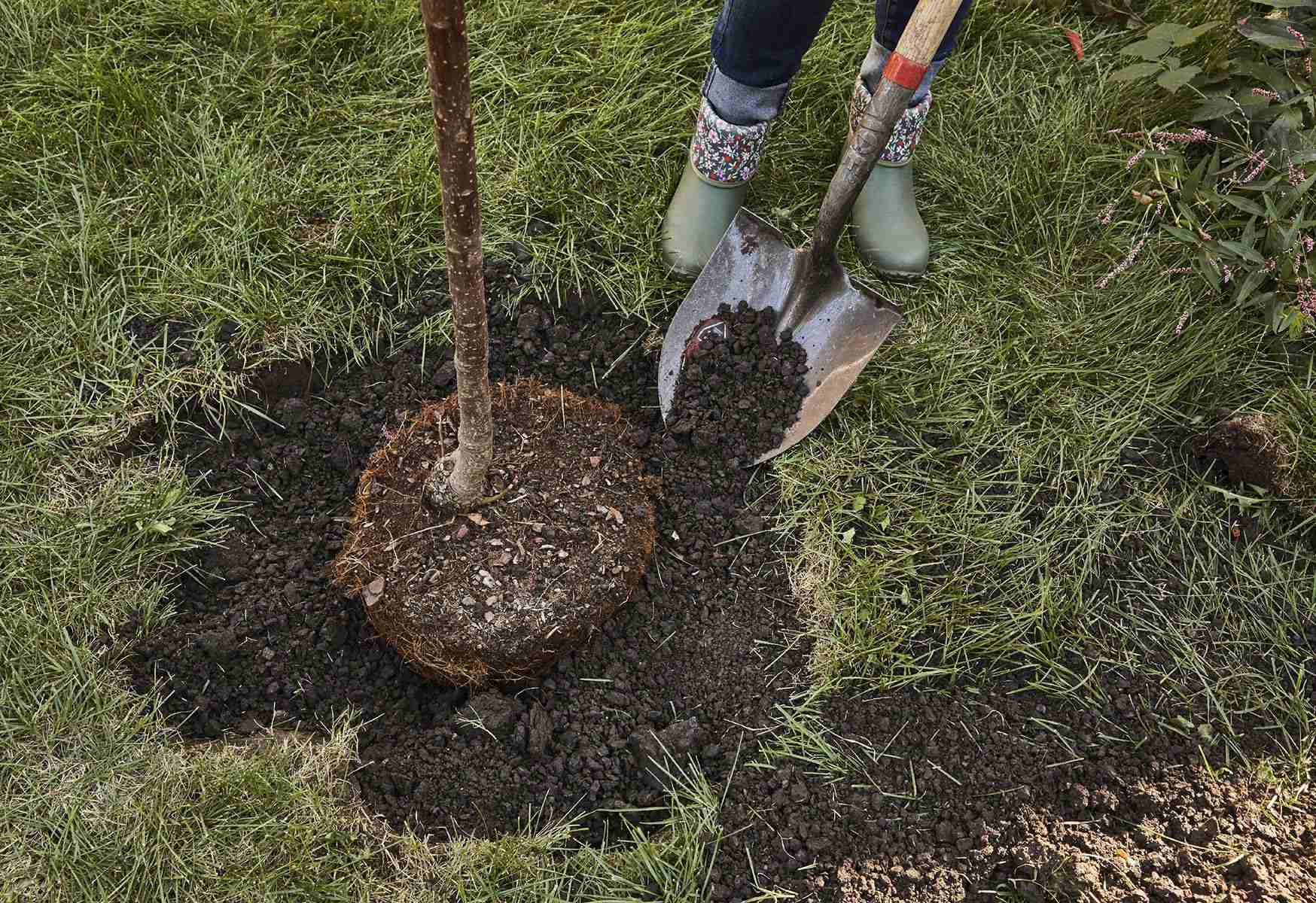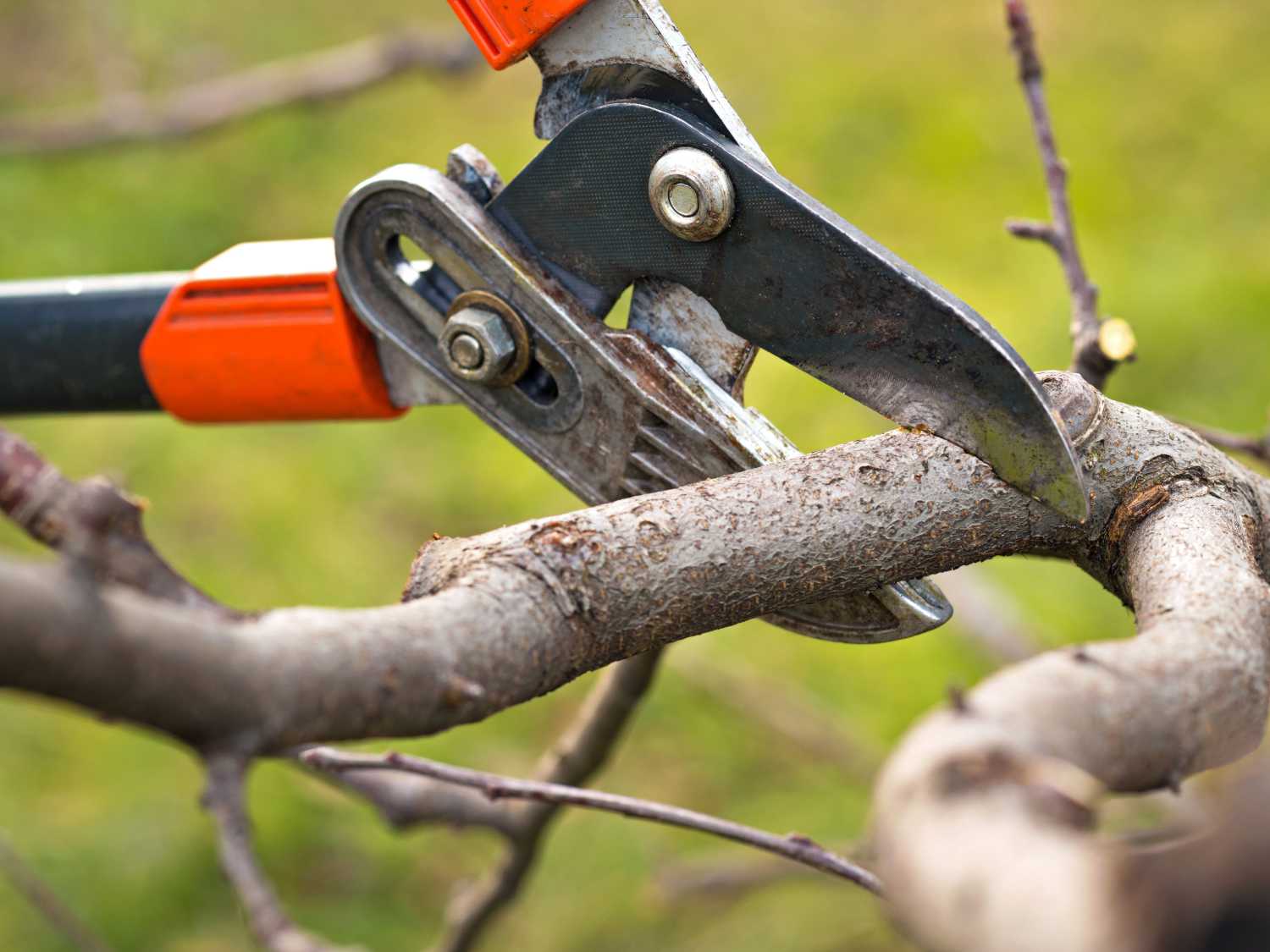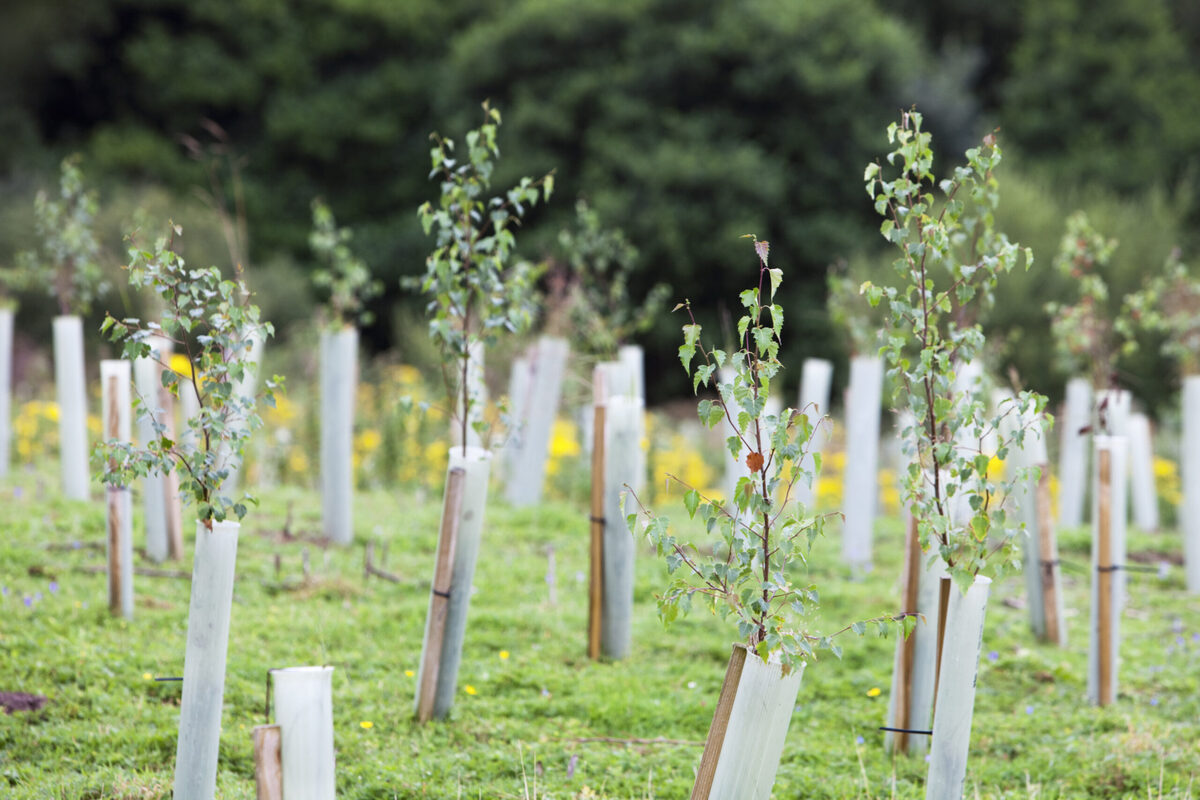Home>Gardening Basics>Understanding Soil>Should You Amend Soil When Planting A Tree


Understanding Soil
Should You Amend Soil When Planting A Tree
Modified: February 6, 2024
Learn whether it's necessary to amend soil before planting a tree. Gain a better understanding of the importance of soil in tree health and growth.
(Many of the links in this article redirect to a specific reviewed product. Your purchase of these products through affiliate links helps to generate commission for Chicagolandgardening.com, at no extra cost. Learn more)
Table of Contents
Introduction
When it comes to planting a tree, one of the key factors that contribute to its health and success is the quality of the soil it is planted in. Soil provides the necessary nutrients, moisture, and support for the tree’s roots to establish and grow. However, not all soil is created equal. Some may be nutrient-poor, compacted, or have drainage issues, which can hinder the tree’s growth.
Soil amendment, the process of improving the quality of the existing soil, is often considered to be a solution to these challenges. By adding organic matter, such as compost or peat moss, or adjusting the pH levels, soil amendments aim to create a more suitable environment for the tree’s roots to thrive in. But is amending the soil truly necessary? Are there any drawbacks to this practice? In this article, we will explore the benefits and drawbacks of amending soil before planting a tree and provide insights into the factors to consider when deciding whether to amend soil or not.
Before we delve into the details, it’s important to note that the decision to amend soil depends on various factors such as the specific tree species, soil condition, and climate. Therefore, it’s crucial to assess the unique needs of the tree and the existing soil before proceeding with any amendments.
Benefits of Amending Soil before Planting a Tree
Amending the soil before planting a tree can offer several benefits that contribute to the overall health and growth of the tree. Let’s explore some of these benefits:
- Improved Nutrient Availability: Soil amendments, such as compost or organic fertilizers, can increase the nutrient content in the soil. This provides a nutrient-rich environment for the tree’s roots to absorb essential elements, promoting healthy growth and development.
- Enhanced Soil Structure: Some soils may be compacted or have poor structure, limiting root penetration and water infiltration. Amending the soil with organic matter improves its structure by increasing porosity, allowing better root development, and improving water drainage.
- Optimized Soil pH: Different tree species have preferred soil pH levels for optimal growth. Amending the soil can help adjust the pH to match the tree’s specific requirements, ensuring it has the ideal pH environment for nutrient uptake and root development.
- Increase Water Retention: Soil amendments, such as peat moss or vermiculite, can improve the soil’s water-holding capacity. This is especially beneficial in dry regions or areas with sandy soil, as it helps retain moisture for the tree’s roots during periods of drought or limited rainfall.
- Promote Beneficial Microorganisms: Organic soil amendments can encourage the growth of beneficial microorganisms, like earthworms and mycorrhizal fungi, which play a vital role in nutrient cycling and root health. These microorganisms help break down organic matter and make nutrients more available to the tree’s roots.
By amending the soil before planting a tree, you can create an optimal environment that provides the necessary nutrients, improved soil structure, and adequate water retention. These benefits can significantly enhance the tree’s overall health and increase its chances of successful growth.
Drawbacks of Amending Soil before Planting a Tree
While amending the soil can offer numerous benefits, it’s important to be aware of the potential drawbacks associated with this practice. Let’s explore some of the possible drawbacks:
- Altered Soil Composition: Amending the soil can result in a significant change in the composition of the existing soil. This alteration can disrupt the natural balance of nutrients and microorganisms, which could have unintended consequences on the overall ecosystem and plant diversity in the area.
- Dependency on Amendments: Some soil amendments, particularly chemical fertilizers, can create a dependency on external inputs for nutrients. Over time, this can lead to a decline in soil fertility if regular amendments are not applied, as the native soil may no longer provide sufficient nutrients to support the tree’s growth.
- Cost and Effort: Amending soil can be a time-consuming and costly process. It may involve purchasing and transporting large amounts of compost or other amendments, as well as laborious work to mix them with the existing soil. Additionally, ongoing maintenance and reapplication of amendments may be necessary in the long term.
- Unpredictable Results: The success of soil amendment can vary depending on several factors, such as the type of soil, tree species, and environmental conditions. In some cases, the amendments may not have the desired effect, or they may even negatively impact the tree’s growth. This unpredictability can make it challenging to achieve the desired outcomes.
- Disruption of Soil Ecosystem: The process of amending soil can disturb the existing soil ecosystem, including beneficial microorganisms and soil-dwelling organisms. This disruption can have long-term consequences, affecting the natural nutrient cycling and biodiversity within the soil.
It is important to carefully consider these drawbacks before deciding to amend the soil. Assessing the specific needs of the tree and the existing soil conditions can help determine whether the benefits outweigh the potential drawbacks in a given situation.
Factors to Consider before Amending Soil
Before deciding whether to amend the soil before planting a tree, it’s essential to take several factors into consideration. These factors can help determine whether soil amendment is necessary and beneficial for the specific tree and soil conditions. Let’s explore these factors:
- Soil Testing: Conducting a soil test is crucial to assess the existing nutrient levels, pH, and other soil properties. This analysis provides valuable information about the soil’s composition and can guide the decision-making process for amendments. It helps identify specific deficiencies or imbalances in the soil, allowing targeted amendments.
- Tree Species: Different tree species have varying soil preferences and requirements. Some trees are more adaptable to different soil conditions, while others have specific needs. Researching the preferred soil type and pH range for the chosen tree species can guide the decision to amend the soil accordingly.
- Existing Soil Condition: Evaluate the condition of the existing soil, considering factors such as nutrient content, texture, drainage, and compaction. If the soil is already fertile, well-draining, and suitable for the tree species, amending may not be necessary. However, if the soil has poor structure or lacks essential nutrients, amendments may be beneficial.
- Environmental Factors: Consider the local climate, rainfall patterns, and temperature extremes in the area. These environmental factors can impact the effectiveness of soil amendments and influence the tree’s overall health and growth. In arid regions, for example, amendments that improve water retention may be more beneficial.
- Long-Term Maintenance: Evaluate the feasibility of ongoing maintenance and the potential effort required for maintaining the amended soil. Some amendments may require regular reapplication or may have limited longevity in the soil. Consider whether you are willing and able to sustain the amended soil conditions in the long term.
It’s important to take these factors into account and make an informed decision before proceeding with soil amendment. Consulting with a professional, such as a local arborist or horticulturist, can provide valuable insights and guidance based on the specific tree species and soil conditions in your area.
How to Amend Soil for Planting a Tree
If you have assessed the need for soil amendment based on the factors mentioned earlier, here is a step-by-step guide on how to effectively amend the soil before planting a tree:
- Conduct a Soil Test: Perform a soil test to determine the existing soil composition, pH, and nutrient levels. This will help you determine the specific amendments required.
- Choose the Right Amendments: Based on the soil test results and the specific needs of the tree species, select the appropriate amendments. Common amendments include compost, well-rotted manure, peat moss, perlite, or lime to adjust pH levels.
- Prepare the Planting Hole: Dig a hole that is wider and slightly shallower than the root ball of the tree. Remove any weeds, rocks, or debris from the area.
- Mix the Soil Amendments: In a separate container or wheelbarrow, mix the chosen soil amendments with the excavated soil. Follow the recommended ratios and instructions for each amendment to ensure proper blending.
- Backfill the Hole: Place a layer of the amended soil mixture in the bottom of the planting hole. Carefully position the tree’s roots on top of this layer, ensuring they are spread out and not cramped.
- Fill the Hole: Backfill the hole with the remaining amended soil, gently firming it around the roots to eliminate air pockets. Be cautious not to bury the tree too deep, as the root flare should be slightly above ground level.
- Water Thoroughly: After planting, thoroughly water the tree to settle the soil and ensure proper root establishment. Provide regular watering in the following weeks to help the tree adapt to its new environment.
- Apply Mulch: Apply a layer of organic mulch around the base of the tree, leaving a small gap around the trunk to prevent moisture buildup and potential disease or pest issues. Mulch helps retain moisture, suppresses weeds, and insulates the roots.
Remember, the amount and type of amendments needed may vary depending on the extent of soil improvement required and the specific tree species. It’s always beneficial to seek guidance from local experts or professionals with knowledge of the local conditions and tree species.
Conclusion
Deciding whether to amend the soil before planting a tree is a critical consideration for the overall health and success of the tree. While soil amendment can offer benefits such as improved nutrient availability, enhanced soil structure, and optimized pH levels, there are also potential drawbacks to consider, including altered soil composition and increased maintenance requirements.
It is essential to carefully evaluate factors such as the specific tree species, existing soil condition, and environmental factors before making a decision. Conducting a soil test and consulting with professionals can provide valuable insights and guidance to determine the need for amendments and the appropriate types and quantities to use.
Ultimately, the goal is to create an optimal environment that supports the tree’s growth and longevity. Whether you choose to amend the soil or not, proper planting techniques, regular watering, and ongoing care are essential for the tree’s overall health. Monitoring the tree’s growth and making adjustments as necessary will help ensure its successful establishment and thriving future.








